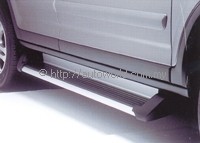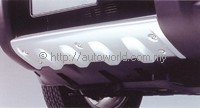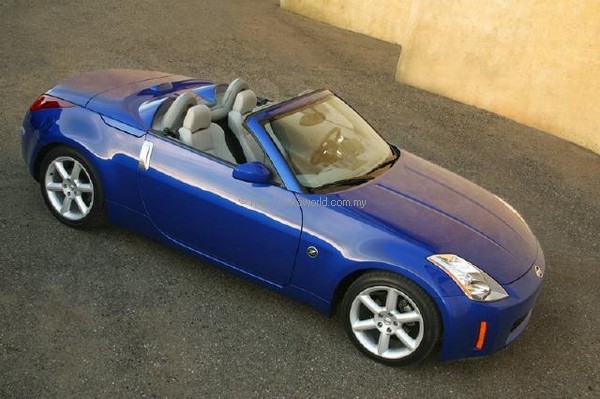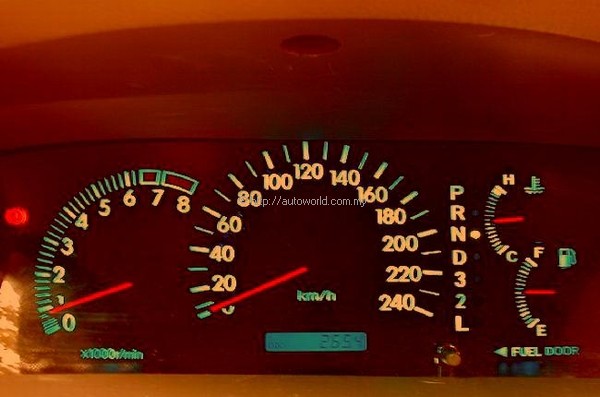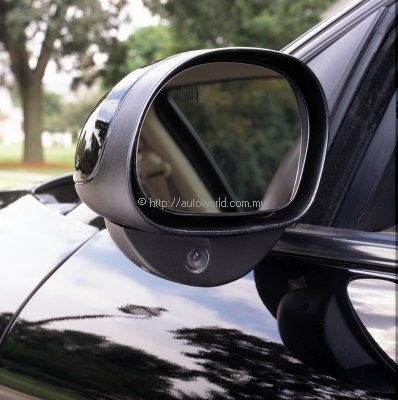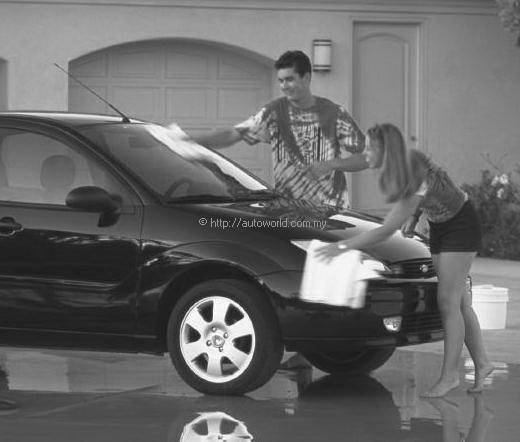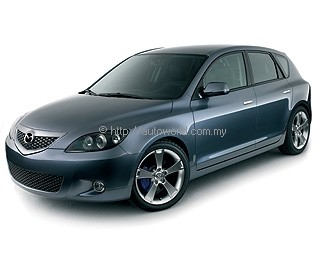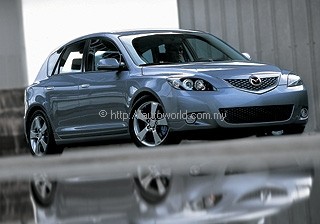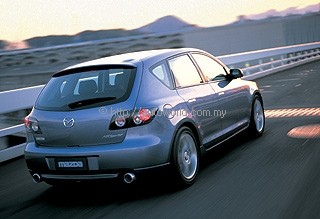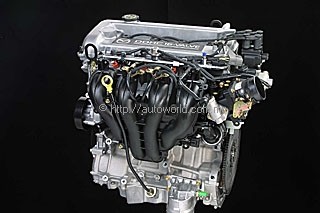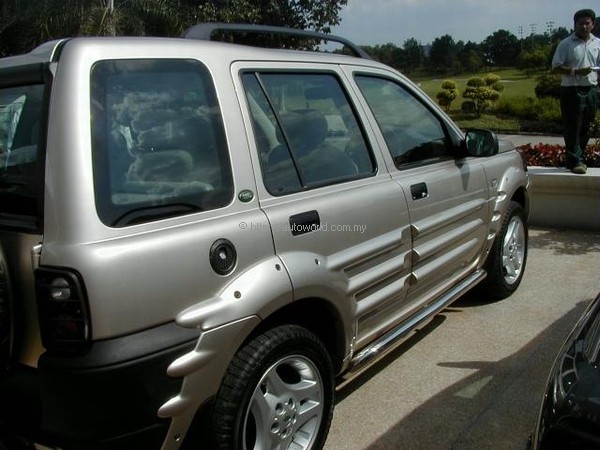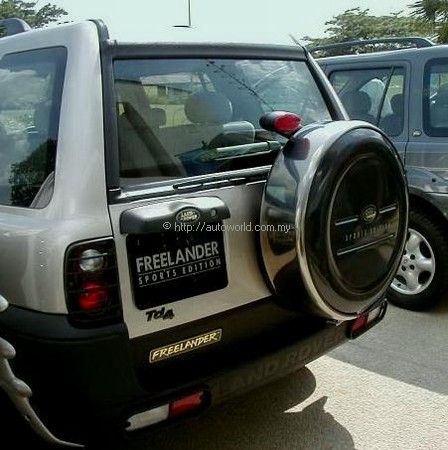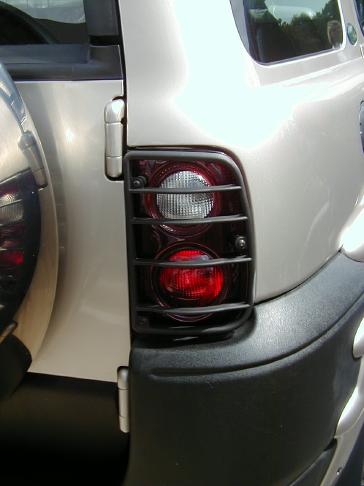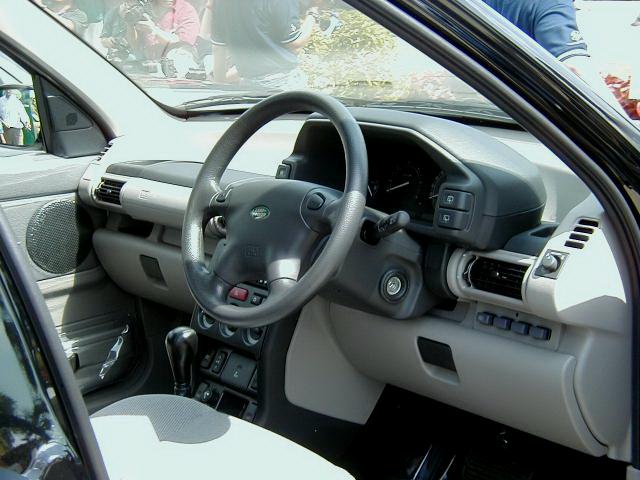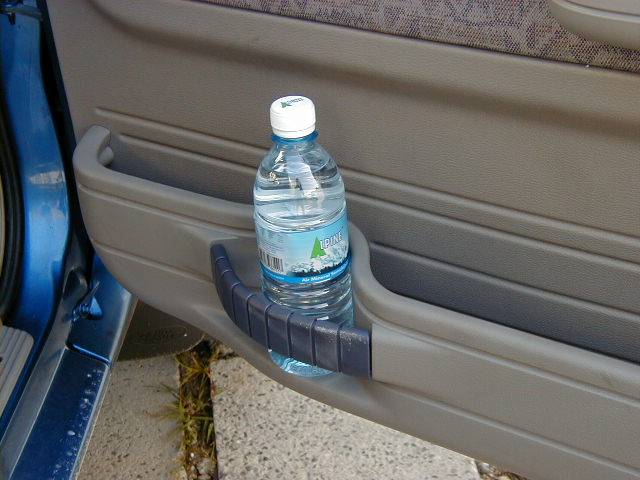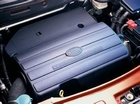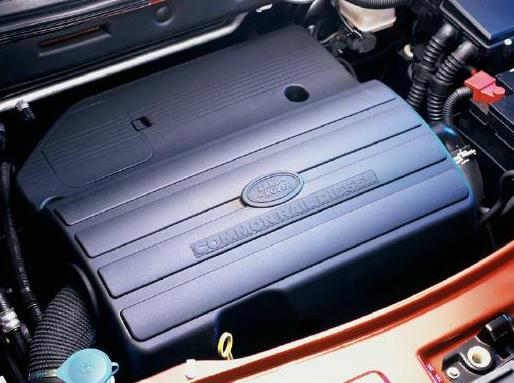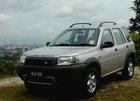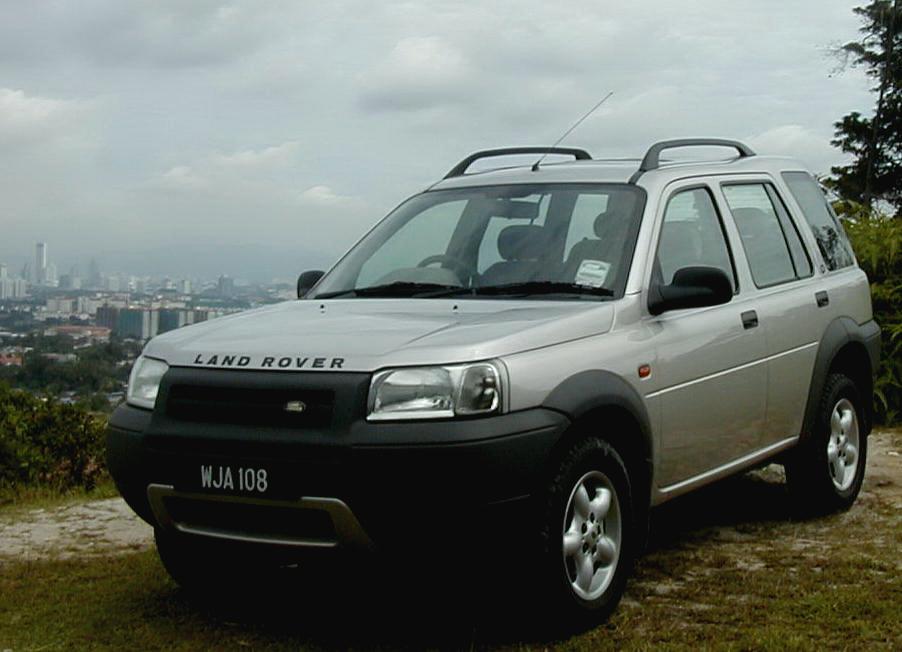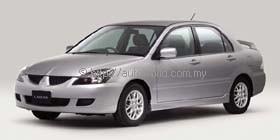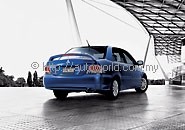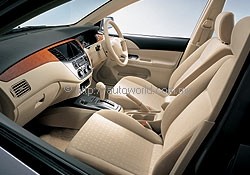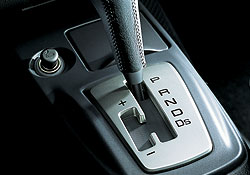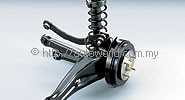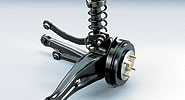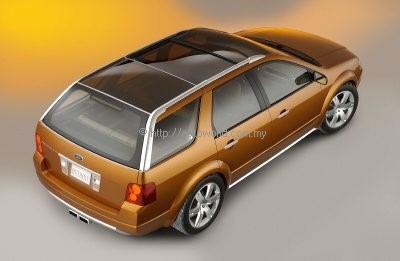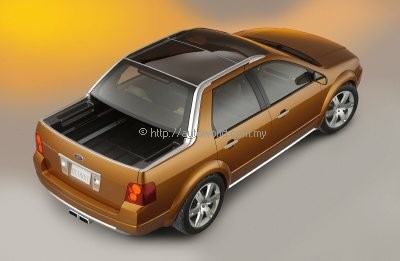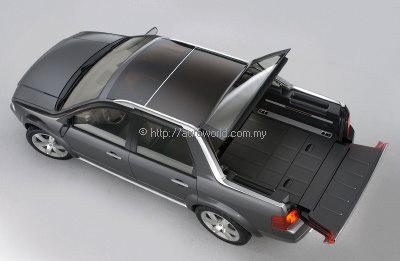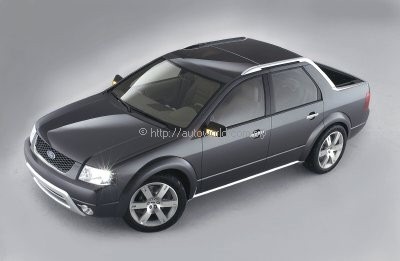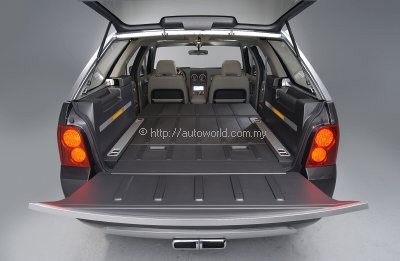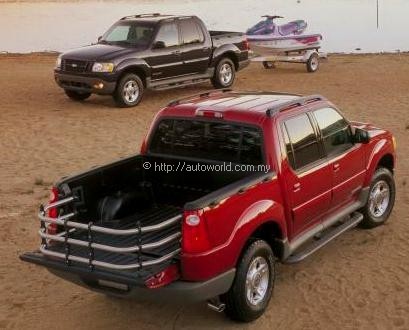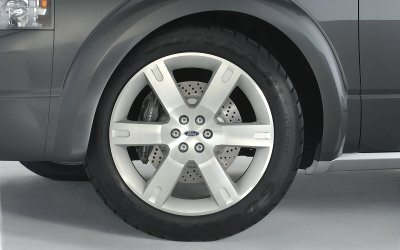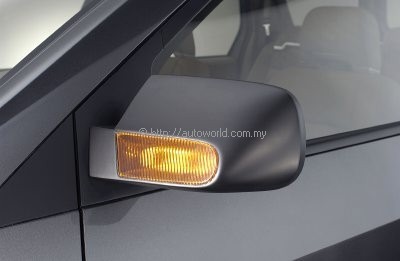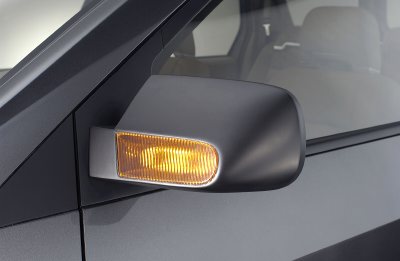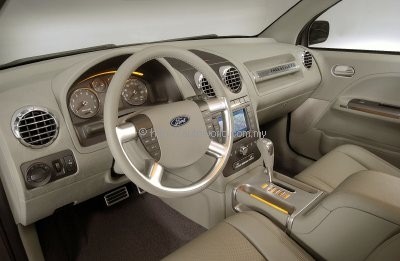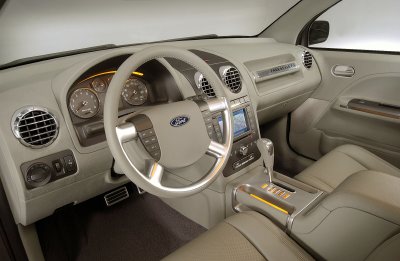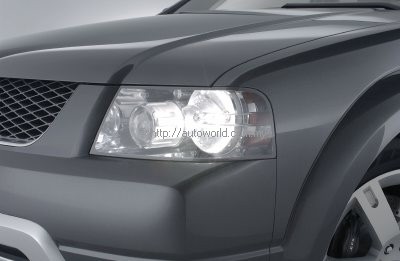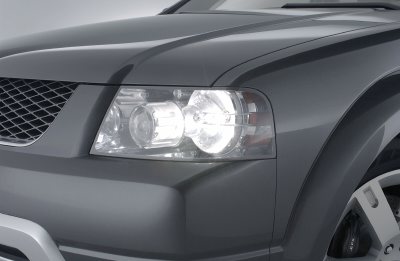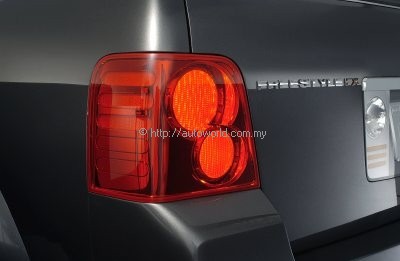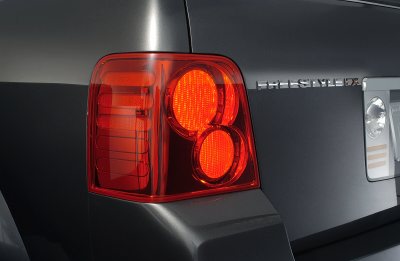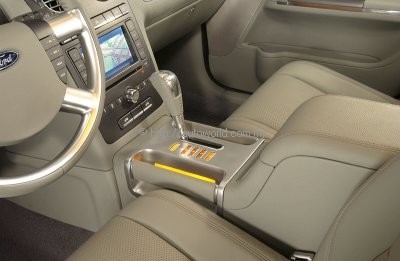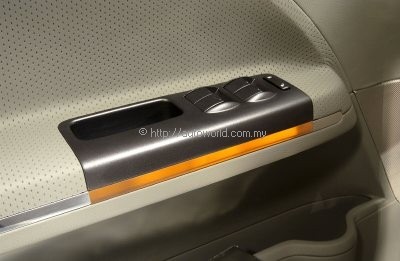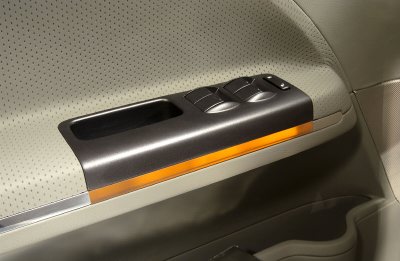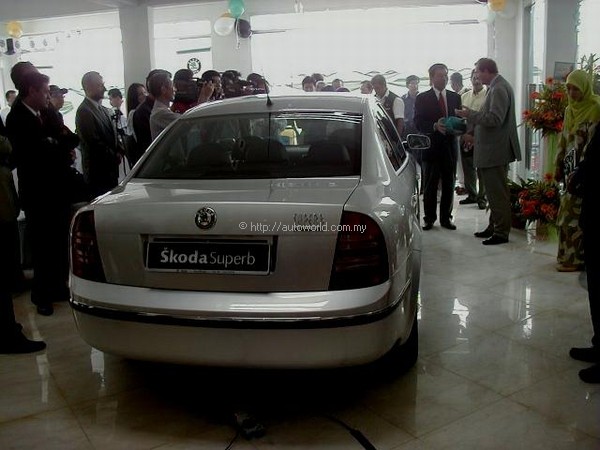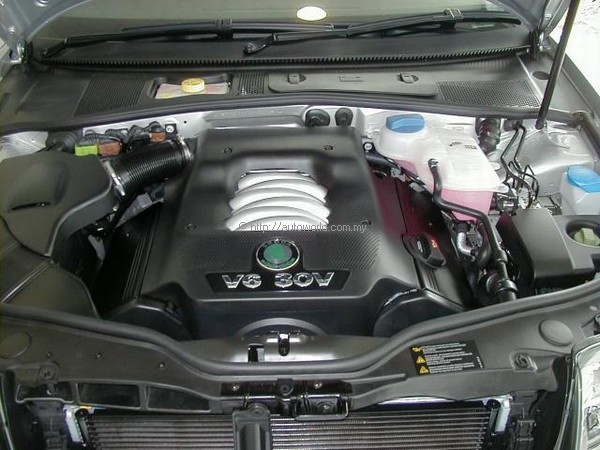The C-segment in Europe is the largest of all passenger car segments and this is where cars like the VW Golf (the segment benchmark), Renault Megane II and even the Toyota Corolla do battle.
It’s a big and competitive segment and this is where the MX Sportif – when it becomes a production model in the near future – will carry Mazda’s flag. Unveiled at the Geneva Motorshow this week as a design concept, the model is known to be the next C-segment model from the Hiroshima-based company. It’s the fourth all-new Mazda in less than 18 months, underlining the ‘ZoomZoom’ spirit of the company.
“Just over two years ago, when we started down the path to rebuild the Mazda brand, we promised a core group of four all-new vehicles that would embody the ‘Zoom-Zoom’ spirit of Mazda,” said Lewis Booth, President and CEO of Mazda Motor Corporation. “This newest vehicle, the MX Sportif, clearly shows the direction our fourth all-new product will take. Our pace of product introductions since last year has been relentless and quick, and we have no intention of slowing down.”
As with all new Mazda products of late, the MX Sportif has been developed to blur the lines of traditional vehicle segmentation, offering customers far more in terms of exterior styling, overall vehicle roominess and enjoyable driving dynamics.
“This vehicle is the next chapter in the story we have been writing,” said design director Moray Callum. “The MX Sportif takes what customers have now come to expect from the new-generation of Mazda products and accentuates it. We see it as agile, dynamic and athletic. The overall proportions are unique as they allow us to deliver exceptional interior space while retaining the compactness and maneuverability customers are seeking. The design team that worked on this vehicle pushed to make it even more overtly passionate than our other Mazda products – particularly our very successful Mazda6. The result is a car that we hope brings some design excitement to the segment.”
Prominent design based on distinct, muscular proportions and dynamic athleticism
The guiding design direction for the Mazda MX Sportif was to develop a vehicle that is both exciting and comfortable. From the earliest stages, it was decided that the exciting aspects of the vehicle would be derived from such attributes as driving enjoyment, the balance of the car, the overall performance and the visual excitement of the proportions and shape.
Likewise, the promise of comfort would be derived from the vehicle’s ability to provide exceptional functionality, to please the senses through high levels of quality and to deliver great pleasure of ownership. Based on the convergence of these two elements – excitement and comfort – Mazda’s product team has developed a design that communicates the MX Sportif’s exciting presence without sacrificing the requirement for comfortable and rational packaging.
For the exterior shape, the designers drew on the characteristics of Mazda’s ‘design DNA’: a sense of movement, solidity and dynamic stability. The design begins with the dynamic proportions and taut contours of the long cabin and is accentuated by the extremely short overhangs.
Sturdy lines running from the prominent grille and reaching back through the bonnet combine with triangular-shaped rear pillars to create a powerful, confident form. The vehicle’s well-planted stance is further enhanced by the graceful roofline and aggressively flared fenders – the vehicle’s strong shoulders – both of which help create a sense of exhilarating dynamism.
Other exterior styling points are the long wheelbase, 18-inch five-spoke wheels and lamps individually fitted with trim rings to produce a high quality, refined and sporty appearance. The unique resin grille, inset door handles and shapely rear liftgate also add to the MX Sportif’s distinctive identity.
For the interior, there’s a sporty yet comfortable design, an overall ambiance that evokes visual excitement and, thanks to materials carefully selected for their texture and appearance, adds to the overall delight of driving. The instrument panel and door trim have a simple, clean-cut form that creates a modern-looking space with an open, spacious feel. Finished in a high-gloss, piano black appearance, the instrument panel’s central stack is not only elegant, it assures good visibility and ease-of-use when driving. In addition, the three-meter cluster and metallic interior accents add to the exquisite interior appearance.
The MX Sportif’s driving dynamics are said to promise ‘a highly balanced driving experience, one that is delivered through linear, predictable responses in steering feel, braking performance and engine response’..
MacPherson struts are employed for the front suspension while the rear features a multi-link system, rare in C segment cars. This innovative suspension system is mated to a new, highly rigid body with vastly improved local reinforcement in areas such as the suspension mounts.
The overall package achieves an excellent balance of steering precision and stability for handling performance that is enjoyable under virtually all conditions.
As for ride quality, the MX Sportif’s rigid body helps suppress roughness and road noise and presents a level of refinement that will be made a key selling point for the production version of this car.
Working to maintain Mazda’s characteristics braking attributes of outstanding response and linearity, the engineers also worked to bolster controllability while achieving the shortest braking distances possible. This level of brake performance is designed to inspire absolute confidence in the driver. To achieve this, there are four, large-diameter disc brakes – ventilated in front – and a large single brake booster.
The MX Sportif will be powered by the MZR 2.0-litre, 4-cylinder engine, a member of Mazda’s new-generation of engines. This engine has a reversed intake-exhaust layout (with the exhaust system fitted at the rear), a variable intake system (VIS), a tumble swirl control valve (TSCV) and a high-flow port head. Thus equipped, the engine produces a linear delivery of a substantial amount of torque at all engine speeds, assuring an exhilarating driving experience.
Maximum output will be around 110 kW/150 bhp at 6000 rpm and maximum torque is estimated at 187 Nm at 4500 rpm. The engine in mated to a close-ratio, short-throw 5-speed manual transmission, indicating that it will be oriented towards sportiness.
The MX Sportif features the latest evolution of the Mazda Advanced Impact Distribution and Absorption System body, dual-stage front airbags, seat-mounted sidebags and side curtains.
Active safety is said to be pushed to the highest levels with the inclusion of Mazda’s sophisticated ABS (with brake-assist) and Dynamic Stability Control (DSC), boosting the MX Sportif’s overall handling stability and braking performance beyond their basic potential.
For the MX Sportif, Mazda’s designers established independent standards of craftsmanship, incorporating them in ways that drivers and passengers could immediately see and feel. In addition to build quality and functional aesthetics, the MX Sportif team focused on the element of customer delight – an area of craftsmanship that seeks to offers finish quality on a par with the highest-grade cars in the world and was a key focus in the development of the Mazda RX-8.
The design team paid particular attention to over 300 structural requirements in creating the headlamp units, bonnet, fenders and other areas throughout the vehicle. The goal was to further reduce gaps between parts, improve fit-and-finish levels and ultimately deliver an exceptionally refined finish quality. With the interior, designers considered the texture and appearance of all the finishing materials for the instrument panel and door trim, carefully coordinated the bright and dark elements and, with steps as simple as eliminating the parting line normally present on the passenger’s side airbag housing, have been able to create a clean and uninterrupted instrument panel that is a pleasure to look at and touch.
To improve the visibility and ease of operation of the instrument panel’s central section, Mazda engineers conducted wide-ranging evaluations using a driving simulator (advancing work performed Mazda RX-8 development.) The result of these studies helped determine the shape and layout of displays and switches in the MX Sportif and emphasizes the importance of vehicle’s functional aesthetics.
The navigation system and audio/climate control displays, for example, were relocated even further upward, so they can be read easily with minimal driving distraction, while some switches were consciously moved downward, closer to the driver’s hands. Engineers also performed a range of ergonomic studies in an effort to perfect the seats, aiming to reduce fatigue on long journeys while also achieving the exceptional and uniform support required for sporty driving.
With the MX Sportif, Mazda’s design team pushed even further in the important area of customer delight and have produced a fresh and sophisticated interior ambience. The instrument panel illumination system is a good example. The three-meter cluster is the blackout type: when the lights are switched on, the amber-red backlighting is augmented by indirect blue lighting to create a pleasant glow that alleviates eyestrain. Amber-red backlighting and indirect blue lighting is also used on the centre panel, for coordination with the meter illumination.
The careful packaging of the MX Sportif deftly blurs the lines of traditional vehicle segmentation. Interior roominess is balanced against the need for an easy-to-drive, compact exterior size and, in the end, the overall package assures space for up to five adults and cargo. Thus, the MX Sportif meets the demands of the compact segment, wherein vehicles must excel in a wide variety of uses and duties while retaining compact exterior dimensions.
The key to meeting these diverse demands is through careful development of the vehicle’s proportions. With this in mind, the MX Sportif features a long, 2640-mm wheelbase and wide, 1535-mm/1530-mm tread (front/rear), which in turn allows for the greatest amount of interior space. The vehicle’s design also features relatively upright sides with minimal tumble angle (the angle between the A-pillar and a vertical axis when viewed from the front) and one of the greatest shoulder widths in the segment.
The driver’s hip point is set relatively high, allowing easier vehicle entry and exit and also placing the eye point higher for a greater field of view. The driver’s seat has been built to offer a large range of adjustment with its ratchet-type lifter and slider, allowing a comfortable driving position for drivers in the 150 to 190 cm height range. The steering wheel offers tilt and telescopic adjustments.
DIMENSIONS
Overall Length: 4350 mm
Overall Width: 1760 mm
Overall Height: 1450 mm
Wheelbase: 2640 mm





